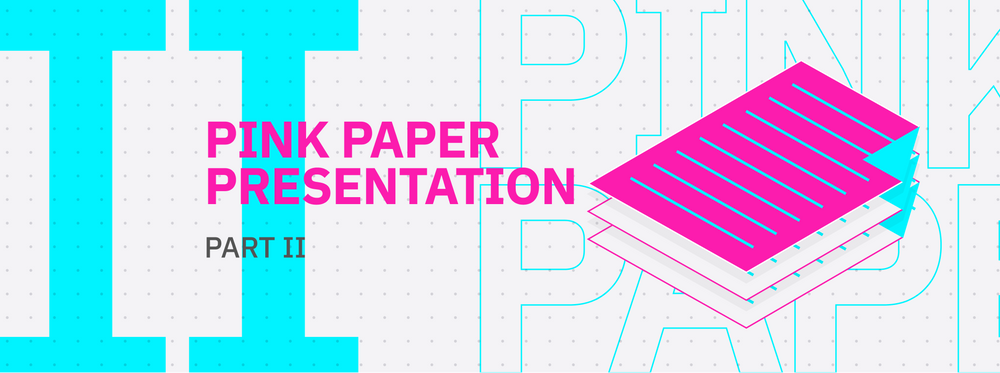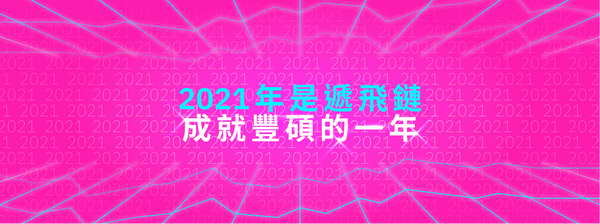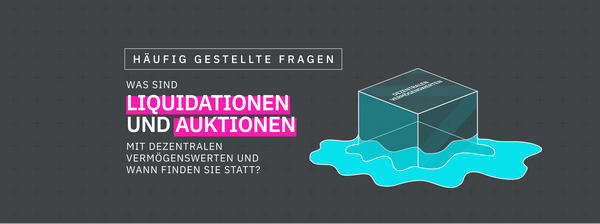Pink Paper — Part II
In this five minute reading article, you’ll learn about:
- DeFiChain’s new products in the pipeline for Q2-3.
The first part of the Pink Paper was about the governance structure; the second part, deals with the technical aspect of DeFiChain and addresses questions concerning future use cases like decentralized tokenization, atomic swaps, interchain exchange or price oracles, to name just a few. These concepts, which are outlined in this article, will be introduced gradually over the next few weeks.
Figure 1 gives an overview about the upcoming product launches. Do note that the dates are estimates and may divert from the actual release dates.

Atomic Swaps and Interchange Exchange
We published a detailed article on this topic a few weeks ago. Therefore, in this section, we’d like to give a brief summary of the development of atomic swaps and the interchain exchange (ICX).
The development of both new products on DeFiChain has been smooth; the ICX is on the final stretch. Both products are now in their testing phases whereby our developers will try to simulate possible threats and attacks in order to be able to roll out a product that is safe and secure. In the last step, we will put both products through an external security audit and will also encourage our community to put them through their paces.
Oracles
An oracle is a data source used to bridge a smart contract to an external source. As such, it not only communicates with external data sources, but it also verifies and authenticates that the data provided is accurate.
In a decentralized, closed blockchain ecosystem, smart contracts are only able to access and process data that is produced in their own network. In order to be able to communicate with the outside world, oracles are needed to use non-deterministic data from real world events to translate into deterministic data readable by smart contracts.
As a result, oracles are required for various DeFi applications such as decentralized loans, decentralized futures and decentralized options. At DeFiChain these oracles are appointed by operators and each operator can appoint multiple oracles for the same price feed. The oracles will primarily focus on providing accurate price feeds from outside the DeFiChain ecosystem. Oracle support is largely complete and will most likely be available with the next update.
Decentralized Loan & Tokenization
Decentralized lending platforms use a form of borrowing called collateralized borrowing. DeFiChain’s loan contracts are also designed to allow the owner of the contract to take a loan against collateral, which is locked in the contract. Each loan contract is unique to every owner (address) on DeFiChain, and any user can open a loan contract on DeFiChain — free of charge.
Due to the volatile nature of cryptocurrencies, these loan contracts are over-collateralized, meaning that you have to provide more value (in the form of DFI and other supported tokens) into the contract than you would borrowfrom.
DeFiChain will use operator-run decentralized loans to issue decentrally-issued price-tracking tokens such as BTC. These tokens will be issued by the operators, who can also set the following parameters:
- Collateralization ratio
- Liquidation penalty
- Interest rates
Interest rates play a vital role in decentralized loans. The loan tokens will be supported by the ICX and can be atomically swapped with Bitcoin, bringing native DeFi to Bitcoin. Furthermore, loan tokens can also be listed on DeFiChain’s DEX.
Futures
Decentralized futures are the backbone of any asset tokenization like stocks, currencies and commodity transactions on the DeFiChain blockchain. A futures contract is simply an agreement between two parties to sell or buy an asset at a fixed price at a predetermined ‘future’ date. When the contract is due, both parties have to fulfil their obligations regardless of the price at contract maturity.
In the crypto space, it is also possible that a futures contract does not have a predetermined expiration date. These types of futures contracts are called perpetual futures contracts (or sometimes just perpetual contracts). DeFiChain will support both types of future contracts — fixed and perpetual futures contracts. This would then, in theory, make it possible to go ‘long’ on Tesla or ‘short’ on the USD/DFI currency pair, either with a preset expiration date or an open expiration date (perpetual future contracts).
Fixed expiry futures, as the name implies, expire at the settlement time. Perpetual futures, on the other hand, don't expire per se and allow the user to close them at any point in time. Yet a so-called ‘funding rate’ will be used to periodically track the price of the token. More details on how it works on a technical level can be found in our Github repository.
Whenever someone buys a Tesla stock or sells gold via the DeFiChain app, the decentralized futures contracts are working in the background to ensure the order is processed correctly. The price feeds necessary are provided with pricing oracles in order to allow the token to track the price of the respective real-world asset.
The Futures contracts are funded and backed by DFI or any other token(s) that the operators decide to use. These tokens then need to be transferred into a margin contract to allow the trader to fund their future trading position. Most importantly, the Futures on DeFiChain are overcollateralized, in a sense that you always have to have enough money in your margin contract to support your position.
If a trader gets a margin call and doesn’t comply with it by topping up his margin account, then his or her position(s) will get liquidated. How a possible liquidation will be executed is still undecided, though it’ll either be automated, operator-run or community-run with an incentive.
Options
Besides Futures, Options are another commonly used financial derivative which will be introduced on DeFiChain. Instead of doing it in an order-book-based way, DeFiChain is breaking new ground here by introducing the very first AMM-style Options. Consequently, an automated option writer with an option writer pool, similar to liquidity pools already in use on the DEX, will be natively built into the DeFiChain wallet app.
Unlike the liquidity pools on the DEX or ICX, traders will only have to provide one side of the pool. As a result, you only have to provide a single token — i.e. DFI, BTC, ETH, etc. — to participate in the automated options pool.
The final design of these options is still to be decided on, yet the path DeFiChain wants to take here is to offer traditional USD denominated CALL and PUT options. The option buyers can purchase these options directly from pools with a maximum expiration date of thirty days. The pricing will be done automatically, which means that a lot of interesting arbitrage opportunities will unfold. DeFiChain is also looking into sweepstake options and paired option pools to even further complement its option offering.
NFTs
A non-fungible token (NFT) is a type of cryptographic token that represents a unique asset and functions as verifiable proofs of authenticity and ownership within a blockchain network. Unlike Fiat (or traditional money), NFTs are not interchangeable with one another, thereby introducing a level of scarcity and rarity to the digital world.
DeFiChain also wants to be part of this new and interesting field and even though NFTs aren't strictly speaking financial assets, we are exploring several avenues to bring them into the DeFiChain ecosystem as well. If the DFIP#10 proposal were to be successfully agreed upon, then NFTs on DeFiChain would be integrated as native NFTs — similar to native DeFi.
Developers would then not only be confronted with a totally new surrounding in which they don’t have to worry so much about attack surface vectors, but they will also be presented with an array of new integration possibilities due to the Jellyfish JS Library.
Summary
The second part of the Pink Paper focuses on the various technical questions concerning future use cases like atomic swaps, interchain exchange and oracles to just name a few. These concepts will be introduced over the course of the next few weeks (see Figure 1).
Do also keep in mind that the Pink Paper is a live paper and subject to constant change as specifications are added. The most up-to-date version of the Pink Paper can be found on GitHub.
To stay up-to-date with the current numbers, we kindly suggest checking out our live Pink Paper on GitHub.
To keep up-to-date with the latest information and news, feel free to follow us on Twitter or join our Telegram group.




